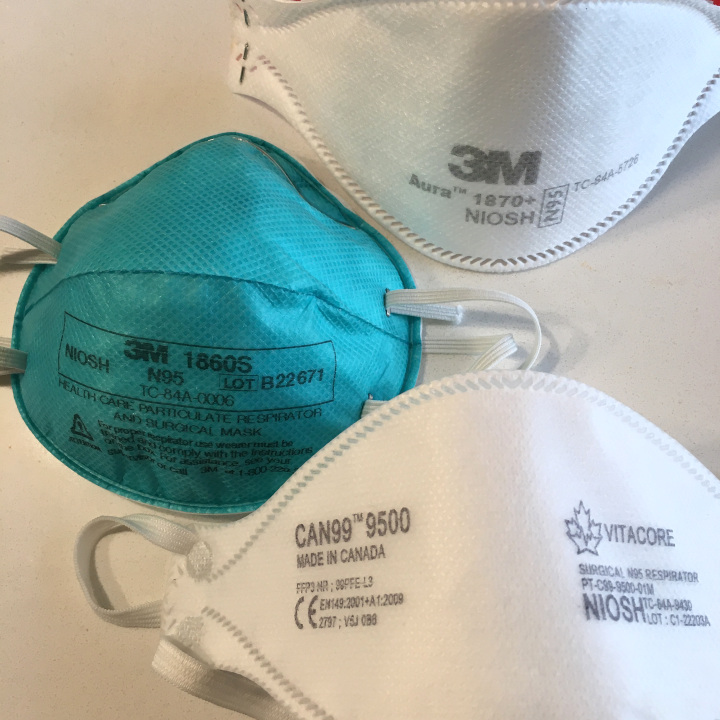Star readers are the best and my Star readers are even better, a finer grind of bean. While I was off work recently recovering from long COVID, plus a medication error, I heard from many concerned subscribers.
Was I ill? On a lavish vacation? Was I returning? In the nicest possible way, I suspect they were checking if I were deceased, their emails being that little kick you give to possible roadkill. Is that inert coyote going to make it? Well, it looks pretty squished. Has anyone phoned her house?
Readers suggested cures, mainly vitamins and turmeric, but one recommended a device, electric copper rods that look like curling irons. I’m supposed to hold them in my hands, usually after dinner, the reader said. You can sit and watch the news, gently self-electrocuting.
Three and a half million Canadians have long COVID symptoms, but you hardly hear from them or about them, mainly because they work from home, if they work at all. Some symptoms are non-stop exhaustion, breathing difficulty, pain, headaches, insomnia, dizziness. Medical science offers no treatment yet.
